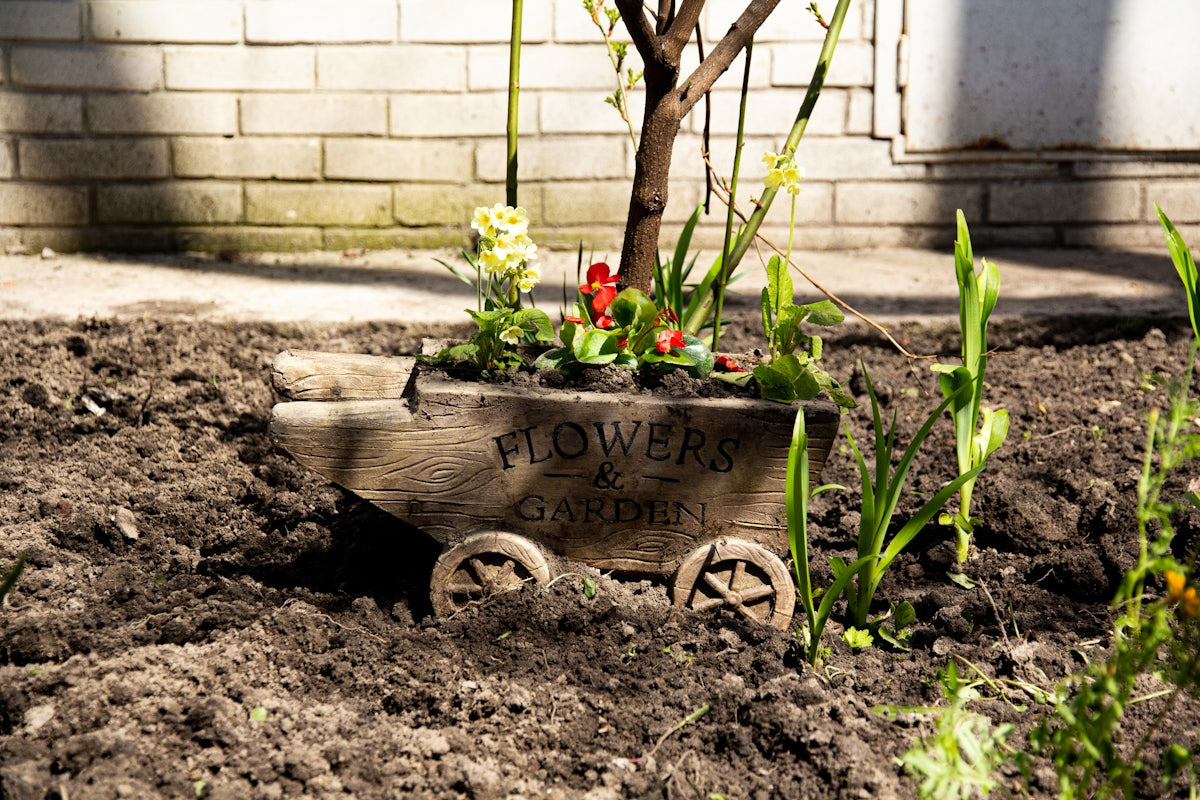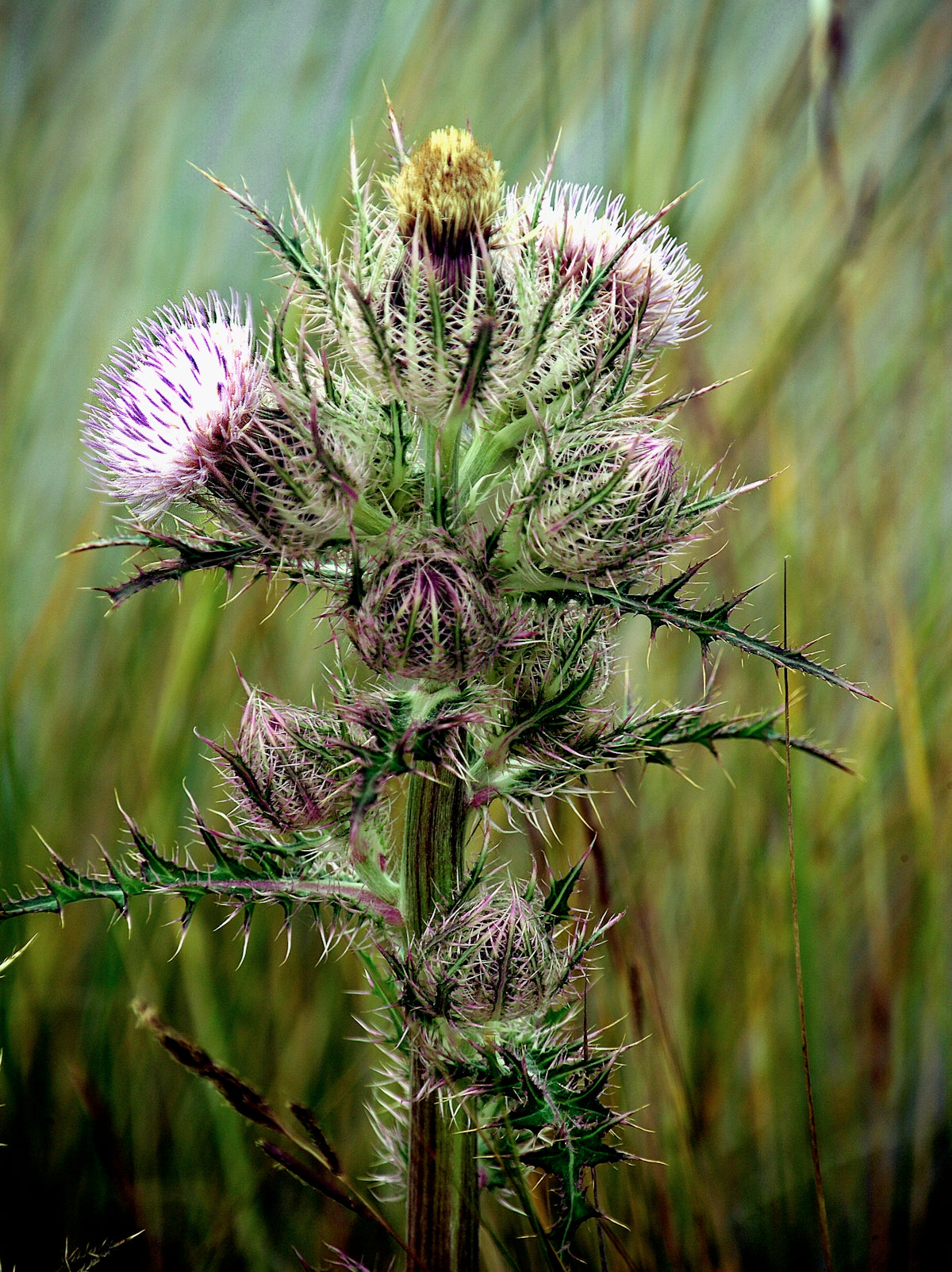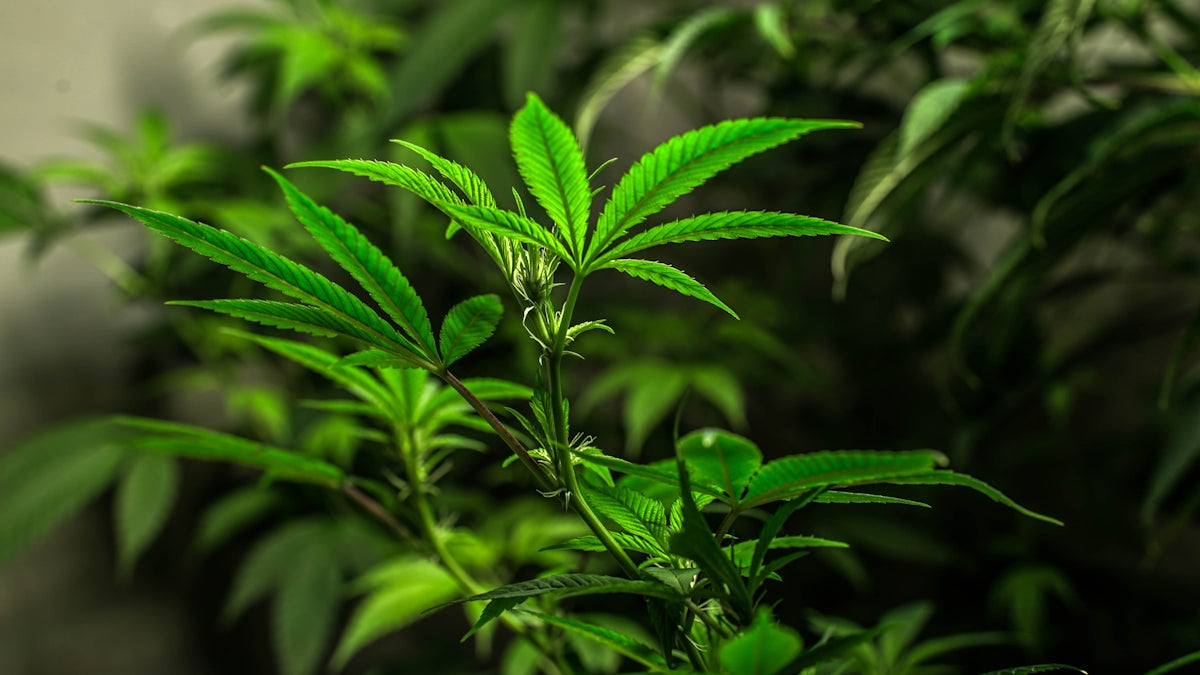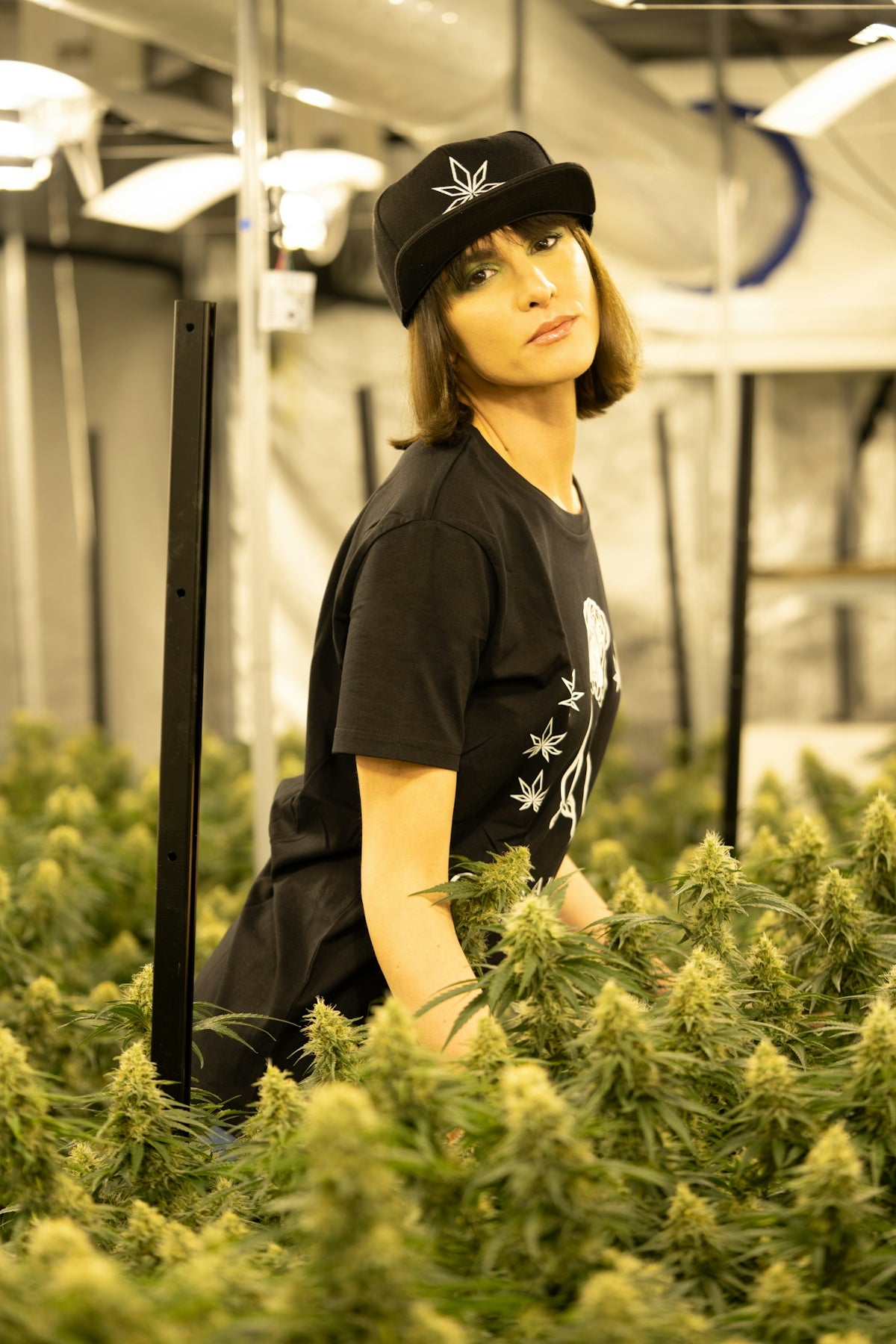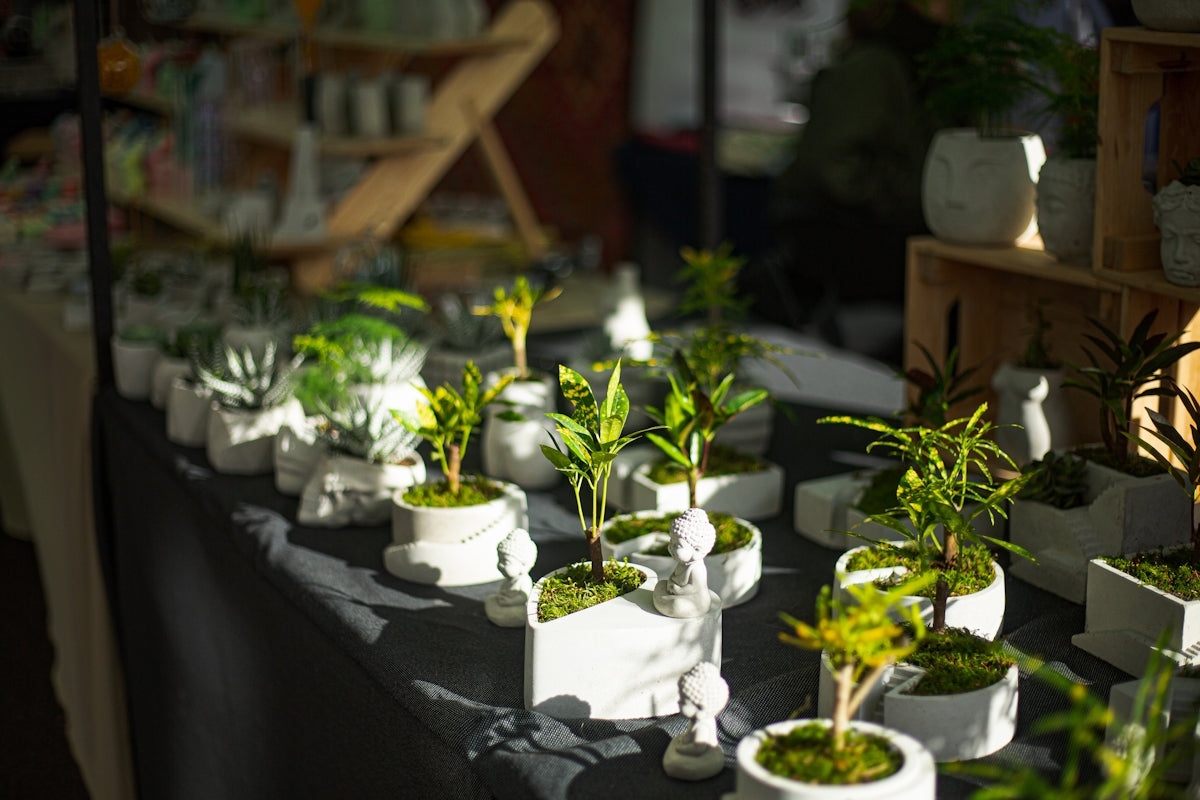FloraFlex Media
Maximizing Energy Efficiency in Indoor Cannabis Cultivation
As the demand for cannabis continues to grow, indoor cultivation has become increasingly popular. However, indoor cannabis cultivation requires a significant amount of energy, which can have a negative impact on the environment and increase operating costs for growers.
The Influence of Seasonal Changes on Cannabis Environmental Requirements
Cannabis cultivation is influenced by the natural rhythm of the seasons, as the changing seasons bring variations in temperature, humidity, daylight hours, and other environmental factors. These seasonal changes have a significant impact on the environmental requirements of cannabis plants and require growers to adapt their cultivation practices accordingly.
Harnessing Renewable Energy in Sustainable Cannabis Cultivation
As the cannabis industry continues to grow, there is a growing emphasis on sustainability and reducing the environmental impact of cultivation practices. One significant way to achieve this is by harnessing renewable energy sources to power cannabis cultivation operations.
Water Quality: Considerations for Cannabis Cultivators
Water is a crucial resource in cannabis cultivation, and its quality can significantly impact plant health, growth, and overall yield. Cannabis cultivators must consider various factors related to water quality to ensure optimal conditions for their plants.
Managing Temperature Fluctuations in Greenhouse Cannabis Cultivation
Greenhouse cultivation provides an optimal environment for cannabis growth, combining the advantages of both indoor and outdoor cultivation. However, temperature fluctuations can pose challenges to the cultivation process and affect plant health and productivity.
The Impact of Indoor vs. Outdoor Cultivation on Cannabis Environmental Factors
The choice between indoor and outdoor cultivation methods has a significant impact on various environmental factors in cannabis production. Each method comes with its own set of advantages and challenges, affecting resource consumption, carbon footprint, and overall sustainability.
Exploring the Benefits of Using Organic Nutrients in Cannabis Cultivation
Using organic nutrients in cannabis cultivation has gained popularity among growers who prioritize sustainability and natural approaches to plant nutrition. Organic nutrients offer numerous benefits over synthetic counterparts, promoting soil health, environmental sustainability, and the production of high-quality cannabis.
The Role of Ventilation in Preventing Mold and Mildew in Cannabis Farms
Proper ventilation is crucial in preventing the growth of mold and mildew in cannabis farms. The high humidity levels and confined spaces of cultivation environments make them susceptible to fungal infestations, which can significantly impact plant health and yield.
Soil pH and Cannabis: Maintaining the Ideal Balance
Maintaining the proper pH level of the soil is crucial for successful cannabis cultivation. The soil pH directly affects nutrient availability and absorption by the plants' root system.
The Effects of Nutrient Imbalances on Cannabis Health and Yield
Proper nutrient balance is crucial for the optimal health and yield of cannabis plants. Imbalances in essential nutrients can significantly impact plant growth, development, and overall productivity.
Watering Techniques for Cannabis Plants: Finding the Right Balance
Proper watering is essential for the health and vitality of cannabis plants. Finding the right balance in watering techniques ensures that plants receive adequate hydration without risking issues such as overwatering or underwatering.
The Importance of Air Circulation in Cannabis Cultivation
Proper air circulation is a critical factor in successful cannabis cultivation. Adequate airflow and ventilation play a vital role in maintaining a healthy growing environment, optimizing plant growth, and preventing the development of pests and diseases.
Understanding the Role of CO2 in Cannabis Plant Growth
Carbon dioxide (CO2) is a vital component for plant growth and plays a crucial role in the development of cannabis plants. CO2 is an essential element in the process of photosynthesis, where plants convert light energy into chemical energy.
Temperature and Humidity: Finding the Optimal Climate for Cannabis Cultivation
Temperature and humidity are crucial environmental factors that significantly influence the growth and development of cannabis plants. Creating the optimal climate conditions in your cultivation space is essential for maximizing yields, ensuring plant health, and achieving high-quality cannabis.
The Impact of Light Intensity on Cannabis Growth and Development
Light is one of the most critical factors influencing cannabis growth and development. The intensity of light plays a vital role in determining the plant's photosynthetic activity, morphology, and overall productivity.
Hydroponic Cannabis vs. Soil Cultivation: Comparing the Pros and Cons
Cultivating cannabis can be done through different methods, including hydroponics and traditional soil cultivation. Both approaches have their advantages and considerations.
Automating Hydroponic Cannabis Cultivation: Benefits and Technologies
Automation is transforming the way cannabis is cultivated by streamlining processes, enhancing precision, and improving overall efficiency. In hydroponic cannabis cultivation, automation technologies offer numerous benefits, allowing cultivators to optimize resource utilization, reduce labor costs, and achieve consistent crop quality.


